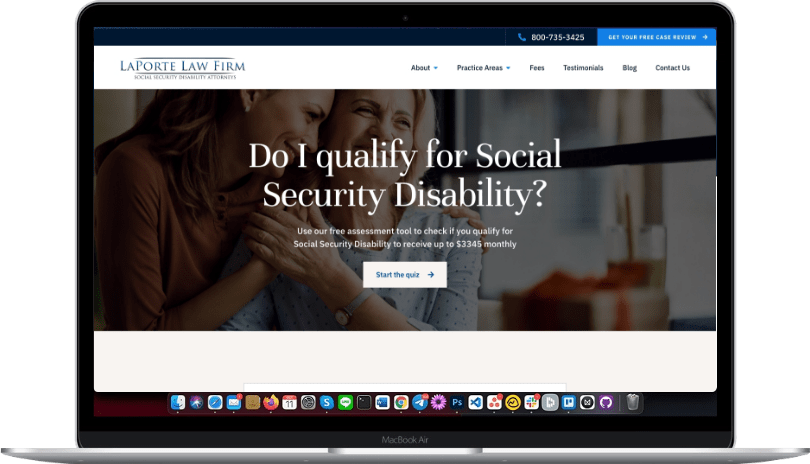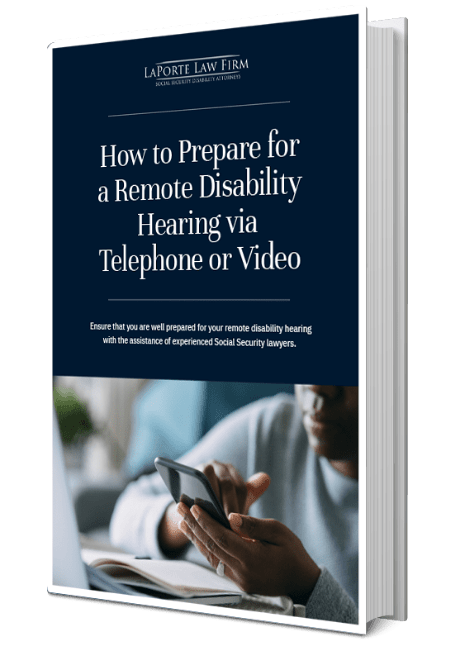
The slight increase in the amount of Social Security disability and retirement checks is not the only change in 2017 for Social Security beneficiaries. These are a few of the new Social Security changes for the new year:
A modest increase in monthly payments due to the annual cost-of-living adjustment. Beginning in January 2017 Social Security payments will increase by 0.3 percent which means (for the typical Social Security beneficiary) an increase of an extra $5 per month.
Earnings limit increase. The Social Security wage earnings limit for people age 62 through 65 who are SSA retirement beneficiaries will increase (from $15,720 in 2016 to $16,920 in 2017). Social Security beneficiaries who earn more than this amount will have $1 in benefits withheld for every $2 in earned income over the limit.
Higher tax cap. The maximum taxable earnings amount will increase from $118,500 in 2016 to $127,200 in 2017, due to an increase in average wages. Earnings above this amount are not taxed by Social Security or used to calculate Social Security payouts in retirement. It is estimated that approximately 12 million workers will pay more into the Social Security system as a result of this change.
Dependents can’t receive benefits when payments are suspended for a beneficiary. Social Security beneficiaries can voluntarily suspend their payments (between the ages of 66 and 70) with the object of delaying retirement credits that will result in a higher monthly payment later when the benefits are resumed. However, a new benefit suspensions rule will additionally stop payments to family members that are based on a claimant’s work record during the period of the benefit suspension.
Substantial Gainful Activity (SGA) amount increase. The Social Security Disability Threshold for SGA levels in 2017 increased to $1,170.00 per month for non-blind claimants (compared $1,130.00 in 2016) and to $1,950.00 per month for blind claimants (increased from $1,820.00 in 2016). This means that individuals claiming disability can work part-time, and still be entitled to benefits, if they are found to meet the disability criteria standard and their earnings do not exceed the SGA levels currently in effect.
Trial Work Period change. When an individual who is receiving SSDI disability payments goes back to work, his earnings can trigger a “trial work period” (TWP). During a TWP, a beneficiary receiving Social Security disability benefits may test his or her ability to work and still be considered disabled. Social Security does not consider services performed during the TWP period as showing that the disability has ended until services have been performed in at least 9 months (not necessarily consecutive) in a rolling 60-month period. In 2016, any month in which earnings exceeded $810 was considered a month of services for an individual’s trial work period. In 2017, this monthly amount increased to $840.00 per month.
Quarter of Coverage changed. As of January 2017, individuals who are working can earn a quarter of coverage under the Social Security program for each $1,300.00 earnings in a three-month period (there is a maximum of four quarters that can be earned per year). This changed from $1,260.00 in 2016.
Medicare Premiums. The monthly premium that Social Security recipients pay each month for Part B will increase in 2017. The standard Part B premium amount in 2017 is $134 (or higher depending on your income). However, most people who get Social Security benefits pay less than this amount. This is because the Part B premium increased more than the cost-of-living increase for 2017 Social Security benefits. If you pay your Part B premium through your monthly Social Security benefit, you’ll pay less ($109 on average). Social Security will tell you the exact amount you’ll pay for Part B in 2017. You’ll pay the standard premium amount if:
- You enroll in Part B for the first time in 2017.
- You don’t get Social Security benefits.
- You’re directly billed for your Part B premiums.
- You have Medicare and Medicaid, and Medicaid pays your premiums. (Your state will pay the standard premium amount of $134.)
- Your modified adjusted gross income as reported on your IRS tax return from 2 years ago is above a certain amount. If so, you’ll pay the standard premium amount and an Income Related Monthly Adjustment Amount (IRMAA). IRMAA is an extra charge added to your premium.
If you’re in 1 of these 5 groups, here’s what you’ll pay:
| If your yearly income in 2015 (for what you pay in 2017) was | You pay each month (in 2017) | ||
|---|---|---|---|
| File individual tax return | File joint tax return | File married & separate tax return | |
| $85,000 or less | $170,000 or less | $85,000 or less | $134 |
| above $85,000 up to $107,000 | above $170,000 up to $214,000 | Not applicable | $187.50 |
| above $107,000 up to $160,000 | above $214,000 up to $320,000 | Not applicable | $267.90 |
| above $160,000 up to $214,000 | above $320,000 up to $428,000 | above $85,000 and up to $129,000 | $348.30 |
| above $214,000 | above $428,000 | above $129,000 | $428.60 |
Get more information about your Part B premium from Social Security




